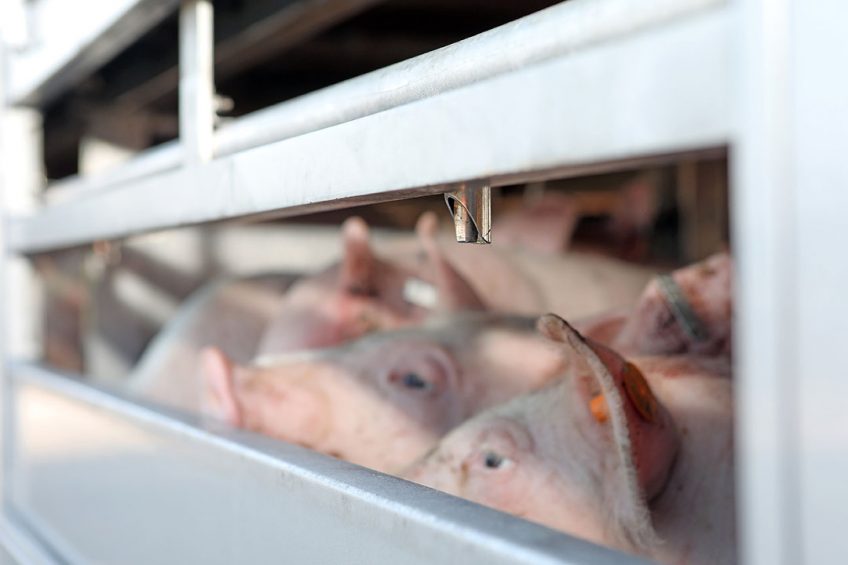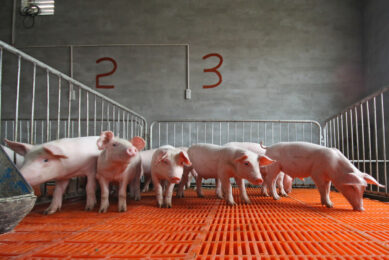What feeding strategy to follow for finishing pigs?

Maximising the finishers’ body weight? Or perhaps going for optimisation of feed conversion ratio (FCR)? Every day, producers face important decisions – especially with the use of ractopamine being under pressure in the USA – that question is more relevant. Swine nutrition technology expert Dr Casey Bradley discusses the pros and cons.
I am always amazed how fast pigs can grow when they are thriving, but I never imagined I would be saying the same thing about my son Arthur. Every time I get worried that he’s putting on a little too much weight, he grows another couple of centimetres overnight. I’m actually telling you that my ‘little runt’ is not a runt anymore, but a thriving active boy!
Total body weight or optimising FCR?
Recently I have been evaluating closeout data from my trials and discussing the ideal strategy with my colleagues, not only for researchers but also for producers. Ultimately, the producers’ drivers are key: are they targeting a narrow-cut box, maximising total body weight, or optimising feed conversion ratio (FCR)?
Picking one of these areas makes it possible for the employees to apply easy-to-implement strategies, but does it cost more money than the value generated?
Let’s not forgot how we view nutrition and feed additives in this context. The common strategy used in the USA is to place pigs on a constant dose or step-up programme of ractopamine to maximise profitability in late-finishing pigs through optimisation of Average Daily Gain (ADG), FCR and/or the percentage of lean meat.

Also read: JBS USA and Tyson stop using ractopamine
Packers adopting ractopamine-free facilities
Now, in North America, 2 more of the major packers, JBS Swift and Tyson Foods, have joined in with other packers to adopt ractopamine-free facilities so that they can export to new markets. This has left the smaller independent producers selling into these plants struggling to come up with an economical game plan in a market that already has tight margins, with estimated losses of up to $ 10-15/head.
This can be attributed to a loss of body weight due to flow restrictions on days in a barn and feed efficiency. One approach to ‘topping out’ a barn is to uniformly cut a fixed number of the fastest growing pigs in each pen. You may lose some body weight advantage at the lighter end of this group, but the potential value comes from maximising the FCR of the overall barn.
Considering feed budgets
Looking at the numbers and the research published, I believe this is a very viable approach. But the other thing we as nutritionists need to consider is our feed budgets. Without feeding ractopamine, our budgets become heavy on a low lysine diet. Do we need to consider a different amino acid profile to maximise the growth of our lighter weight pigs? Is this part of the value of a ractopamine programme, with the higher lysine diets for pigs still growing versus the faster growing pigs just getting fatter?

Read more Expert Opinions at Pig Progress
We can think of nutritional strategies around changing feed budgets and lysine levels, but it may also be advantageous to use specific feed additives. Do we come in with a strategy of using higher levels of phytase with the same lysine levels or do we use other enzymes or feed additives to improve amino acid digestibility.
Strategies to maximise pig performance
To conclude, what is your version of ‘topping out’ your finisher barns? Are you focusing on an easy solution or looking for strategies to maximise the performance of all of your pigs? This is an important conversation to have with your nutritionist, production manager and business managers so that they can all align on the best strategy.











